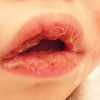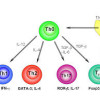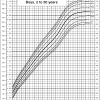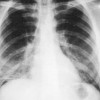Immunoregulatory changes in Kawasaki disease
Abstract
Kawasaki disease (KD) is an acute vasculitis of unknown etiology, occurring in young children and treated with intravenous gamma globulin (IVIG) to prevent significant cardiac morbidity and mortality. We studied KD patients pre- and post-IVIG therapy and at >40 days posttherapy, additionally comparing them with matched pediatric control patients and parents.… Read more





